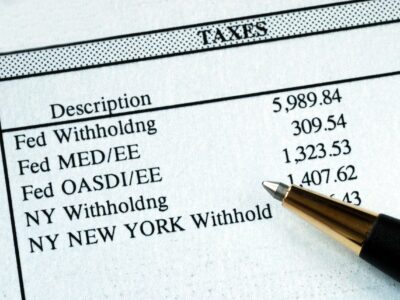
It plays a crucial role in ensuring the balance book accounting accuracy of financial statements as it reflects the company’s financial position at a given point in time. The book balance is interconnected with the accounting equation, where assets equal liabilities plus owner’s equity. This balance helps in reconciling financial transactions, identifying errors, and detecting fraudulent activities. Book balance refers to the amount of money recorded in a company’s accounting books or ledgers, reflecting its cash position before any adjustments from bank transactions. This balance plays a critical role in understanding the company’s financial health, as it directly impacts cash flow management and reconciliation processes with bank statements.
What Does Book Balance Mean? (Accounting definition and example)
At the end of an accounting period, the book balance is reconciled with the bank statement to determine if the cash in the bank account matches the book balance. This reconciliation process is crucial for maintaining the integrity of financial records and verifying that both balances reflect the true financial position of the company. Usually, book balance is employed to control the finances in a business’s checking account. The book balance and bank statement are compared at the conclusion of an accounting period to see if the amount of money in the bank account equals the book balance. The balance on June 30 in the company’s general ledger account entitled Checking Account is the book balance that pertains to the bank account being reconciled. (For an individual, the book balance income summary is likely to be the balance appearing in the person’s check register.) It is common for the book balance to not agree with the balance on the bank statement as of the same day.
Understanding Book Balance
Balancing the books may sound daunting and exhausting task, but it is highly crucial for larger or small businesses. Balanced accounts provide business owners with the foundation they need to make informed forecasting choices about expanding their business, incurring large expenses, taking financial decisions or hiring new employees. Without them, it’s nearly impossible to make informed decisions about your business’s financial health. One of the most important aspects of financial transactions is recording them accurately. This involves keeping track of all the money that comes in and out of a business.
- Also, sometimes the bank can make an error and record a transaction incorrectly, leading to an inaccurate bank balance.
- Typically, checking accounts also come with a debit card for easy access to funds.
- We confirm enrollment eligibility within one week of your application for CORe and three weeks for CLIMB.
- But what might seem like an overwhelming task isn’t so bad when you break it down to the bookkeeping basics.
- The book balance and bank statement are compared at the conclusion of an accounting period to see if the amount of money in the bank account equals the book balance.
The Difference Between the Bank Balance and Book Balance
Some companies, especially those in the airline sector, previously added a multiple of operating lease expenses to net debt to present an APM called “adjusted net debt” to better reflect the level of indebtedness. Since the adoption of IFRS 16, this is no longer necessary as these companies can present net debt from the balance sheet (which includes lease liabilities). IFRS 16 requires companies to reclassify cash outflows for lease payments from operating to financing activities in the statement of cash flows. A company can improve its book balance by properly managing its finances, accurately recording transactions, and regularly reconciling its bank and book balances to identify and address any discrepancies.
A company’s bank account may have had account service fees debited out of it during the month and at the end. Until the month-end figures are reconciled with the bank, the debits would not be reflected in the book balance. In conclusion, because some transactions were recorded by the business or the bank, there is a discrepancy between the balance in the cash book and the balance on the bank statement. The cash balance recorded by the corporation or company in their company’s cash book is known as cash book balance. Accounting software can streamline your bookkeeping process and make your financial management more efficient.
